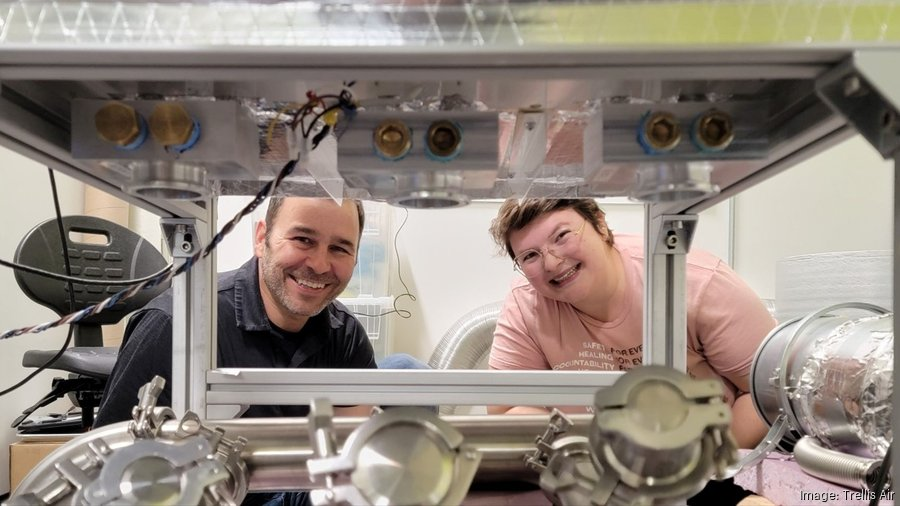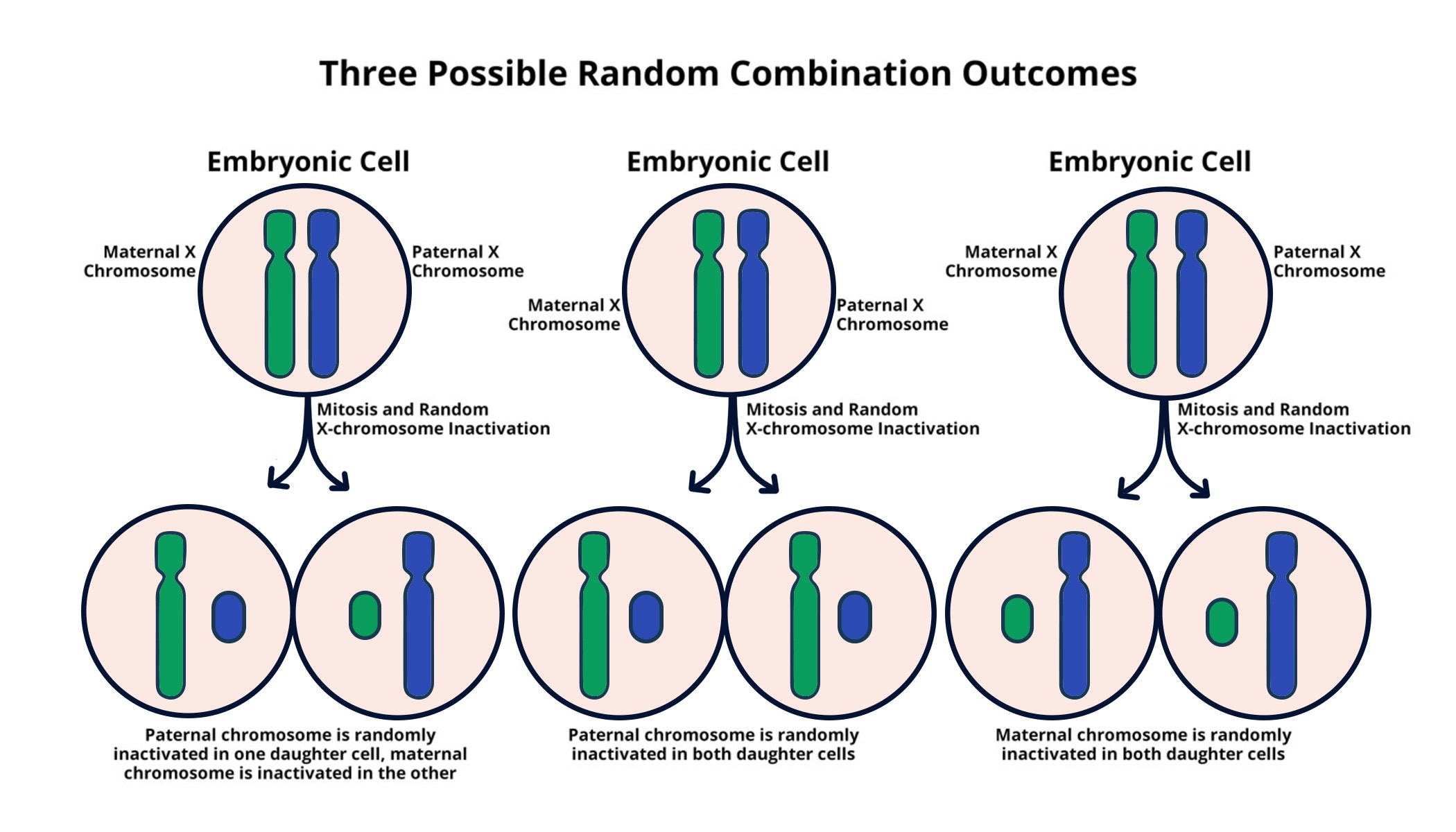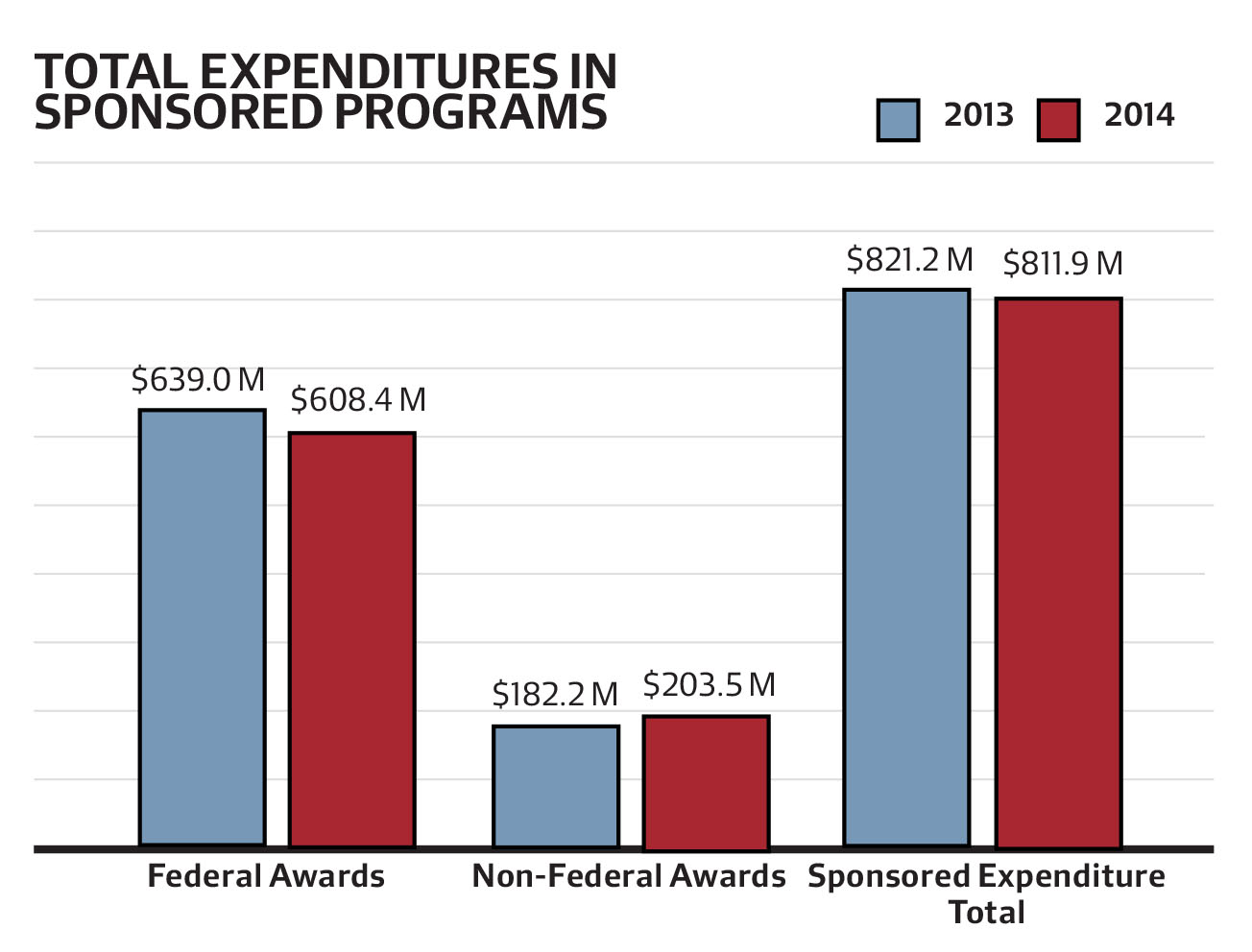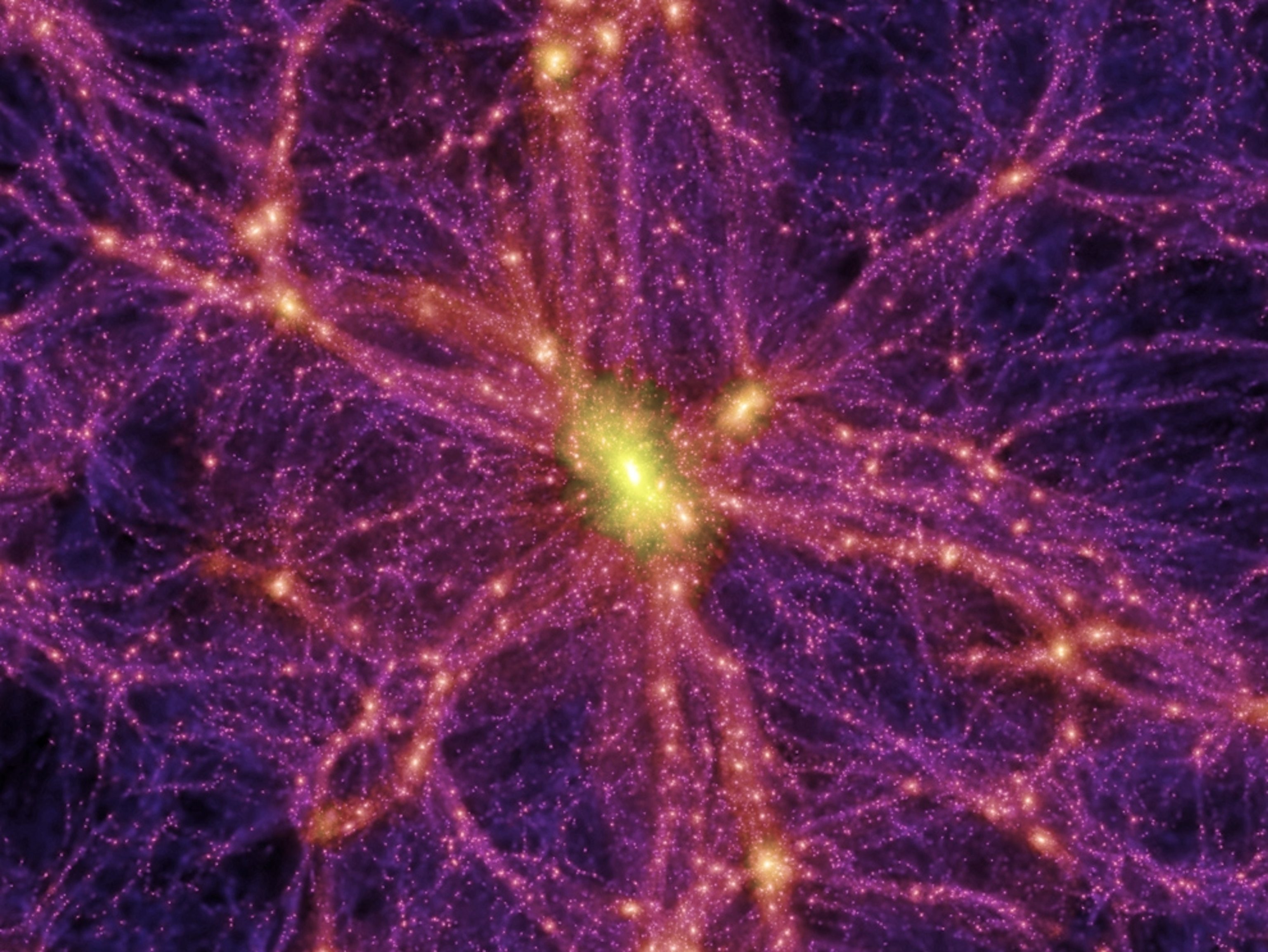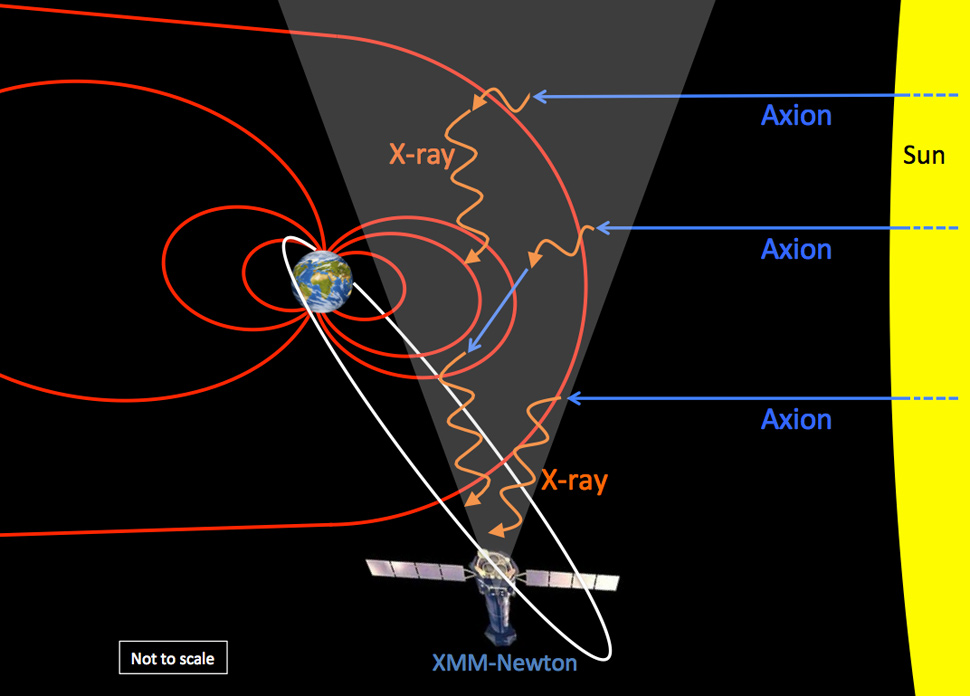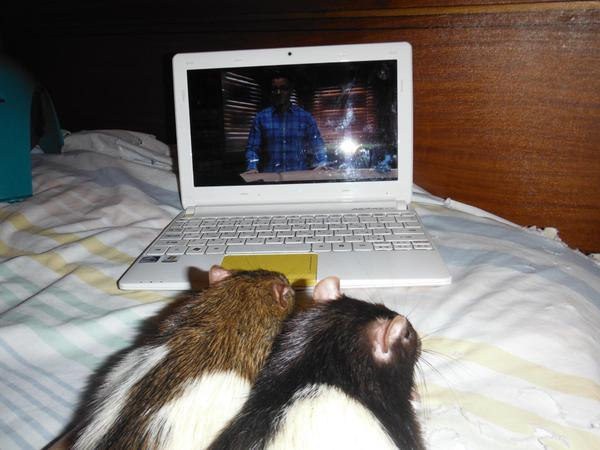
Rat Watching: Exploring Its Benefits for Autism Research
Rat watching is a fascinating activity that goes far beyond mere observation; it provides unique insights into rat behavior that could yield substantial benefits for human understanding, particularly in the context of disorders like autism. Recent advancements in AI research have led to innovative methods for tracking the intricate social behavior of these rodents, highlighting their complex interactions and body language. This new machine learning technique allows researchers to quantitatively analyze over 110 million movements of rats as they engage in social behaviors, paving the way for a deeper understanding of their interactions. By studying how these social creatures communicate, scientists hope to draw parallels that may illuminate the social challenges faced by humans, especially regarding autism spectrum disorders. Ultimately, the progress made through rat watching enhances our grasp of the brain’s role in social behavior, bridging connections between animal studies and human conditions.
Observing rats in their natural habitats offers an intriguing lens for understanding animal social dynamics and behaviors. This practice, often referred to as rodent observation, has the potential to reveal essential insights into the social rituals and interactions among these intelligent creatures. Enhanced by modern computational techniques and machine learning methodologies, researchers are now equipped to conduct detailed studies on how these small mammals communicate and engage with one another. This exploration not only aids in advancing knowledge of rat social behavior but also opens avenues for relating these findings to human neurological disorders, highlighting the interconnectedness of animal and human cognition. As scientists delve deeper into rodent behavior, they uncover valuable lessons that parallel the complexities of social interaction in humans.
The Significance of Rat Watching in Scientific Research
Rat watching has emerged as a pivotal method in scientific research, particularly in understanding social behavior and its neurological underpinnings. As social creatures, rats exhibit complex interactions that mirror many human behaviors, making them ideal subjects for studying the brain-behavior link. Researchers can uncover invaluable insights into how social interactions can affect individual behavior and learning. This comprehension is essential not only for behavioral science but also for developing potential therapies for human disorders, such as autism.
The use of advanced machine learning techniques has revolutionized the way researchers observe and quantify rat behavior. Instead of relying on anecdotal observations, scientists can now employ AI to track over 110 million unique body poses during rat interactions. This level of detail provides a clearer picture of how social behavior is manifested in rats, facilitating a deeper understanding of the neurological processes involved. These insights can potentially translate into better comprehension of similar behaviors in humans.
Understanding Rat Behavior Through AI and Machine Learning
The integration of AI in studying rat behavior represents a significant leap forward in behavioral science. By utilizing machine learning techniques, researchers can analyze vast amounts of data, extracting behavioral patterns that would be nearly impossible to identify through traditional observation methods. These automated systems enable scientists to categorize social behaviors into quantifiable metrics, paving the way to identify specific interaction motifs among rats. This not only enhances our understanding of rat behavior but also allows for more accurate comparisons with human social interactions.
Through this advanced analysis, researchers like Ugne Klibaite and Bence Ölveczky are uncovering nuances in rat behavior that could illuminate aspects of autism and other social disorders. By mapping intricate social gestures and their corresponding brain activity, this research sheds light on the genetic factors influencing social behavior, offering a more comprehensive understanding of behavioral phenomena associated with autism. The findings could lead to innovative therapeutic strategies aimed at improving social interactions in individuals on the autism spectrum.
The Intersection of Social Behavior in Rats and Autism Research
Studying social behavior in rats is crucial for advancing our understanding of autism spectrum disorders (ASD). Recent research has demonstrated parallels between rat social interactions and those observed in humans. By examining genetically modified rats with specific autism-related gene knockouts, researchers can observe how variations in genetics affect social behavior patterns. This is particularly important because it could highlight genetic predispositions to behavioral differences in humans, thus paving the way for targeted therapeutic approaches.
The insights gained from rat studies contribute to a broader understanding of autism by showcasing potential environmental and genetic factors influencing social behavior. For instance, similar to children on the autism spectrum, rats with certain genetic interventions exhibit distinct ways of interacting with their peers. By exploring these behavioral variations, researchers are better equipped to pinpoint how specific genes impact communication and social motivations, ultimately leading to a better grasp of autism and its treatment possibilities.
Machine Learning Techniques in Behavioral Studies
Machine learning techniques are transforming behavioral studies by enabling researchers to process and analyze large datasets efficiently. In the context of studying rat behavior, these techniques allow scientists to track and quantify movement patterns, gestures, and interactions in ways that human observers simply cannot. With over 110 million 3D poses captured during rat interactions, researchers can employ AI algorithms to identify patterns and subtle nuances in social behaviors that may have previously gone unnoticed.
Moreover, leveraging these advanced technologies promotes reproducibility and enhances the accuracy of behavioral data interpretation. As Bence Ölveczky mentions, replacing subjective observations with rigorous methodologies allows for more objective conclusions about the underlying mechanisms of social behavior. This shift is not only beneficial for animal studies but also offers insight into human social interactions, particularly in understanding disorders like autism where behavior is a crucial focus.
Exploring Genetic Factors in Rat Models of Autism
The investigation of genetic factors in rat models is critical for advancing our comprehension of autism. By utilizing genetically modified rats, researchers can directly observe how specific genetic alterations influence social behavior and interactions. This approach provides a unique opportunity to draw parallels to human genetics, as certain genes implicated in ASD may also manifest behavioral changes in rat models. Identifying these genetic and behavioral correlations can lead to novel interventions and treatments for enhancing social skills in affected individuals.
Research has shown variability in social interactions among different rat models that correspond to specific genetic modifications. For example, researchers observed distinct social behavior patterns that aligned with alterations in particular genes, echoing similar patterns found in human autism. This highlights the potential of using rat models to elucidate the complex relationship between genetics and behavior, providing key insights that could foster breakthroughs in therapeutic practices for autism spectrum disorders.
The Role of Body Language in Understanding Rat Interactions
Body language plays a vital role in understanding without verbal communication, particularly in social species like rats. Researchers have found that the subtle gestures and movements exhibited by rats during their interactions provide rich data about their social dynamics. These behaviors often exhibit complex patterns akin to human non-verbal communication, indicating a shared mechanism of social engagement that could be further explored. The nuances of rat body language not only enhance our understanding of their interactions but also provide clues to deciphering human social behavior.
Through the study of rat body language, researchers can identify specific gestures that signify social bonding or aggression, aiding in the identification of underlying emotions and states of mind. This knowledge allows scientists to construct a more holistic view of social behavior in rats, bridging gaps between animal and human interactions. By comparing these gestures to those observed in humans, researchers are forging pathways toward recognizing fundamental aspects of sociality across species.
Implications of Rat Studies for Social Behavior Understanding
The implications of rat studies extend far beyond the laboratory, offering valuable insights into social behavior across species. As researchers glean more information about how social structures and interactions manifest in rats, they gain a clearer understanding of fundamental principles that govern social behavior overall. These findings can help illuminate why certain social behaviors develop in humans and how they can be influenced by genetic and environmental factors.
Furthermore, understanding social behavior in rats is particularly relevant in the context of mental health disorders like autism. The parallels observed between rat interactions and human social dynamics inform researchers on potential therapeutic approaches that can enhance social skills and communication in individuals on the autism spectrum. By utilizing rat studies as models for human behavior, scientists can foster new methodologies that have the potential to improve mental health outcomes.
Future Research Directions in Rat Behavior and Autism
The future of research in rat behavior and its implications for understanding autism looks promising with the advent of new technologies and methodologies. As researchers continue to explore the intricacies of rat social interactions using machine learning and AI, future studies will undoubtedly reveal even more about the complex interplay between genetics, behavior, and socialization. These evolving platforms will enable scientists to probe deeper into how specific genes influence behaviors and the potential environmental conditions that shape these interactions.
Additionally, the sharing of datasets and findings within the scientific community will encourage collaborative efforts to model social behavior comprehensively. By engaging with the broader research community, scientists can refine their models of how genes influence social behavior, which may lead to innovative therapeutic strategies for autism. The ongoing exploration of rat behavior will undoubtedly contribute to a richer understanding of social behavior both in animals and humans, leading to meaningful advancements in behavioral research.
Frequently Asked Questions
How does rat watching contribute to understanding rat behavior and social interactions?
Rat watching, especially through advanced AI techniques, helps researchers analyze complex social interactions in rats. This method captures detailed movements and behaviors, revealing insights into their social dynamics. By understanding how rats interact, researchers can better grasp the intricacies of animal behavior, which may parallel human social interactions.
What role does AI play in enhancing rat watching for studying social behavior in rats?
AI significantly enhances rat watching by enabling the analysis of vast amounts of data that would be impossible to process manually. Machine learning techniques extract 3D poses and track movements, providing rigorous quantification of behavior and allowing researchers to identify patterns and interactions that reveal underlying social structures among rats.
Can rat watching provide insights into disorders like autism?
Yes, rat watching has the potential to provide valuable insights into disorders like autism. By studying the social behavior of genetically modified rats, researchers can identify parallels with human social behavior variations, offering clues about how genetic factors influence social interaction, which is critical for understanding autism.
What advancements in technology are used for effective rat watching?
Effective rat watching employs advanced technologies such as high-resolution cameras, computer vision, and machine learning techniques. These innovations allow researchers to track and analyze the intricate movements and interactions of rats in 3D, providing a comprehensive understanding of their social behavior.
How does understanding rat behavior through rat watching benefit scientific research?
Understanding rat behavior through rat watching benefits scientific research by offering a model for studying social interactions and communication patterns. These insights can inform research in various fields, including neuroscience and psychology, particularly in exploring complex conditions like autism and other social behavior disorders.
What can we learn about social gestures from rat watching studies?
Rat watching studies reveal a variety of social gestures and interactions that rats exhibit, which can reflect deeper emotional and social processing. By analyzing these gestures, researchers gain insights into the neurological underpinnings of social behavior, potentially informing new therapeutic approaches for conditions like autism.
| Key Point | Details |
|---|---|
| AI Methodology | A new AI technique allows detailed tracking of rat behavior, enhancing understanding of brain-behavior links. |
| Social Behavior Insight | The study maps social interactions in rats, shedding light on social behaviors similar to humans. |
| Observational Advantages | AI aids in analyzing over 110 million 3D poses, replacing subjective human observation. |
| Autism Research Connection | Research investigates behavioral variations in genetically modified rats related to autism. |
| Future Research Avenues | Future studies aim to explore brain circuits responsible for social gestures, potentially aiding therapy. |
| Community Engagement | Data from the study will be shared to encourage broader research collaborations. |
Summary
Rat watching has proven to be a valuable tool in understanding complex social behaviors and their connections to neurological conditions. This innovative research leverages AI technology to meticulously analyze rat interactions, offering insights that could eventually aid in addressing disorders like autism. By observing how these animals communicate through their body language, researchers can map the intricate patterns of social behavior, paving the way for breakthroughs in therapy and a deeper understanding of genetic influences on social skills. The significant advancements in data analysis not only enhance the reliability of these observations but also broaden the scope for community involvement in scientific inquiry. Ultimately, rat watching is not just about observing; it’s about translating these insights into meaningful human applications.

